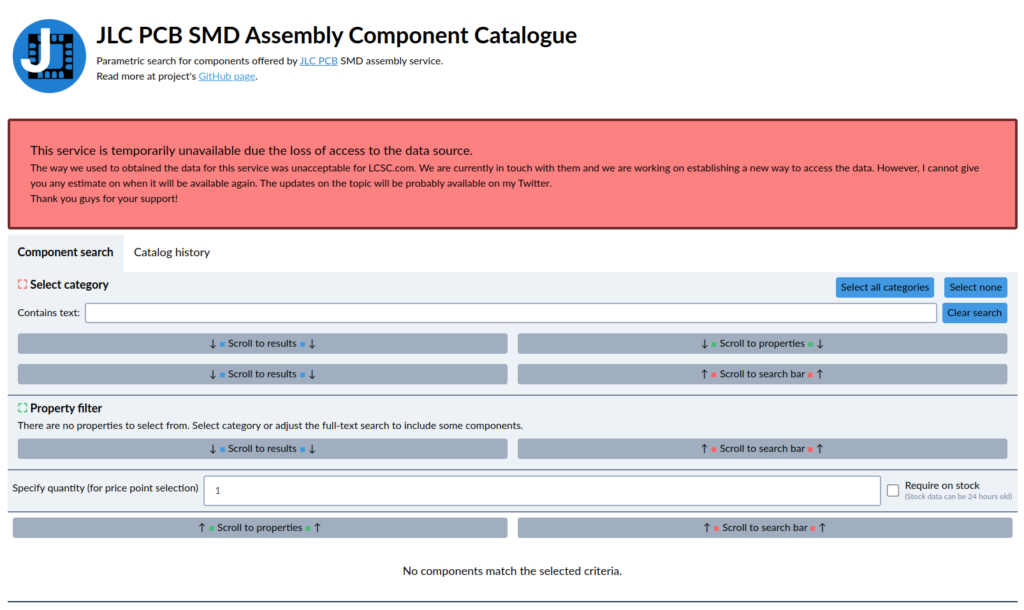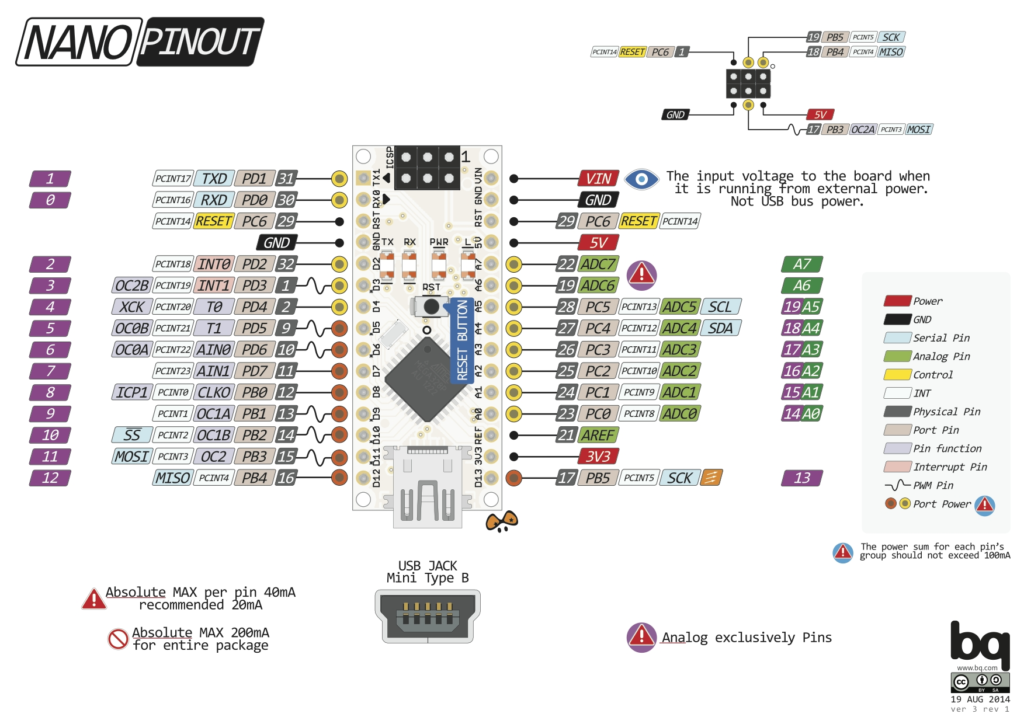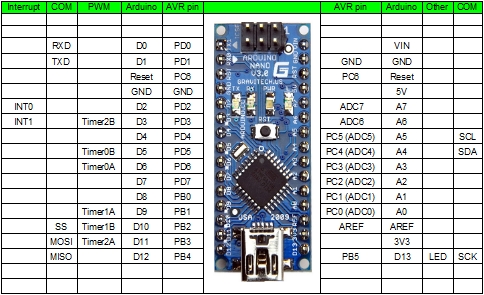About 2 years ago, I started a small and dirty project – a new catalog for the search engine for the components that JLC PCB provides for their assembly service. The motivation was really personal — I liked the dirt-cheap assembly service, but finding the suitable components for my projects was really painful. So I created JLCParts – a browser-only alternative component catalog that doesn’t need any sophisticated backend. It is just served as a static page. However, on November 25th, 2022, the service is no longer useful as JLC PCB stopped providing data.







